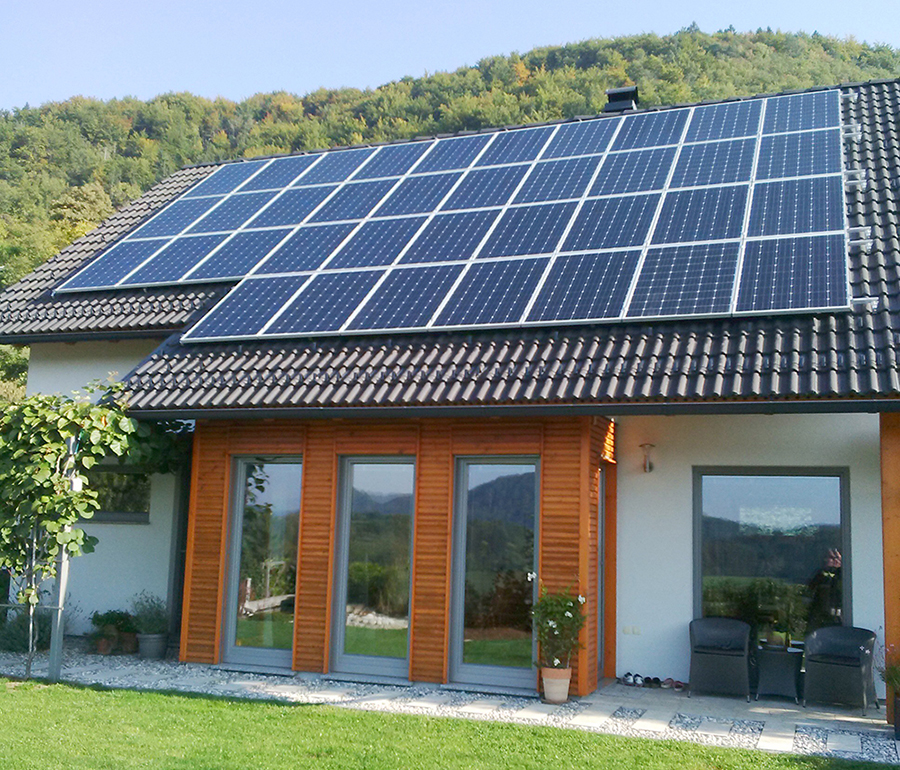
Image Source: Google
Solar energy is a clean, renewable, and abundant source of power that can be harnessed to generate electricity for homes and businesses. Solar panel systems, also known as photovoltaic (PV) systems, capture sunlight and convert it into usable electricity through the use of solar panels. If you're new to solar energy and interested in installing the best solar panel system, this beginner's guide will provide you with the essential information to get started.
How Do Solar Panel Systems Work?
Solar panel systems work by harnessing the power of the sun to generate electricity through the following process:
The solar panels:
- Contain photovoltaic cells that capture sunlight and convert it into direct current (DC) electricity.
- Are typically mounted on the roof of a building or in an open area with maximum sun exposure.
The inverter:
- Converts the DC electricity generated by the solar panels into alternating current (AC) electricity, which is used to power appliances and electronic devices.
- Can be either a string inverter, microinverter, or power optimizer, depending on the system design.
Types of Solar Panel Systems
There are several types of solar panel systems available, each with its own advantages and applications. Some of the common types include:
Grid-Tied Solar Systems:
- Connected to the utility grid and do not require battery storage.
- Can feed excess electricity back to the grid through net metering, resulting in potential savings on electricity bills.
Hybrid Solar Systems:
- Combine the features of grid-tied and off-grid systems, including battery storage and grid connection.
- Provide flexibility and resilience in case of power outages or grid failures.
Benefits of Solar Panel Systems
Installing a solar panel system offers a wide range of benefits for homeowners and businesses, including:
- Reduced electricity bills by generating your own electricity from sunlight.
- Decreased reliance on fossil fuels and lower carbon footprint, leading to environmental sustainability.
- Increased property value and potential for energy savings over the long term.
- Financial incentives such as tax credits, rebates, and net metering programs in many regions.
- Energy independence and resilience in the face of power outages or grid disruptions.
Installation and Maintenance
When it comes to installing a solar panel system, it's essential to work with a reputable solar provider or installer to ensure a professional installation and optimal performance. Here are some key steps involved in the installation and maintenance of a solar panel system:
Installation:
- Site assessment to determine the best location for solar panel placement and optimal sun exposure.
- Permitting and interconnection process with the local utility for grid-tied systems.
- Mounting the solar panels on the roof or ground with proper racking and wiring.
- Connection of the solar panels to the inverter and electrical panel for system activation.
Maintenance:
- Regular cleaning of the solar panels to remove dust, dirt, and debris that may impact performance.
- Monitoring system performance through online portals or apps provided by the solar installer.
- Schedule annual inspections and maintenance checks to ensure the system is operating efficiently.
- Address any repairs or issues promptly to prevent downtime and maximize energy production.

